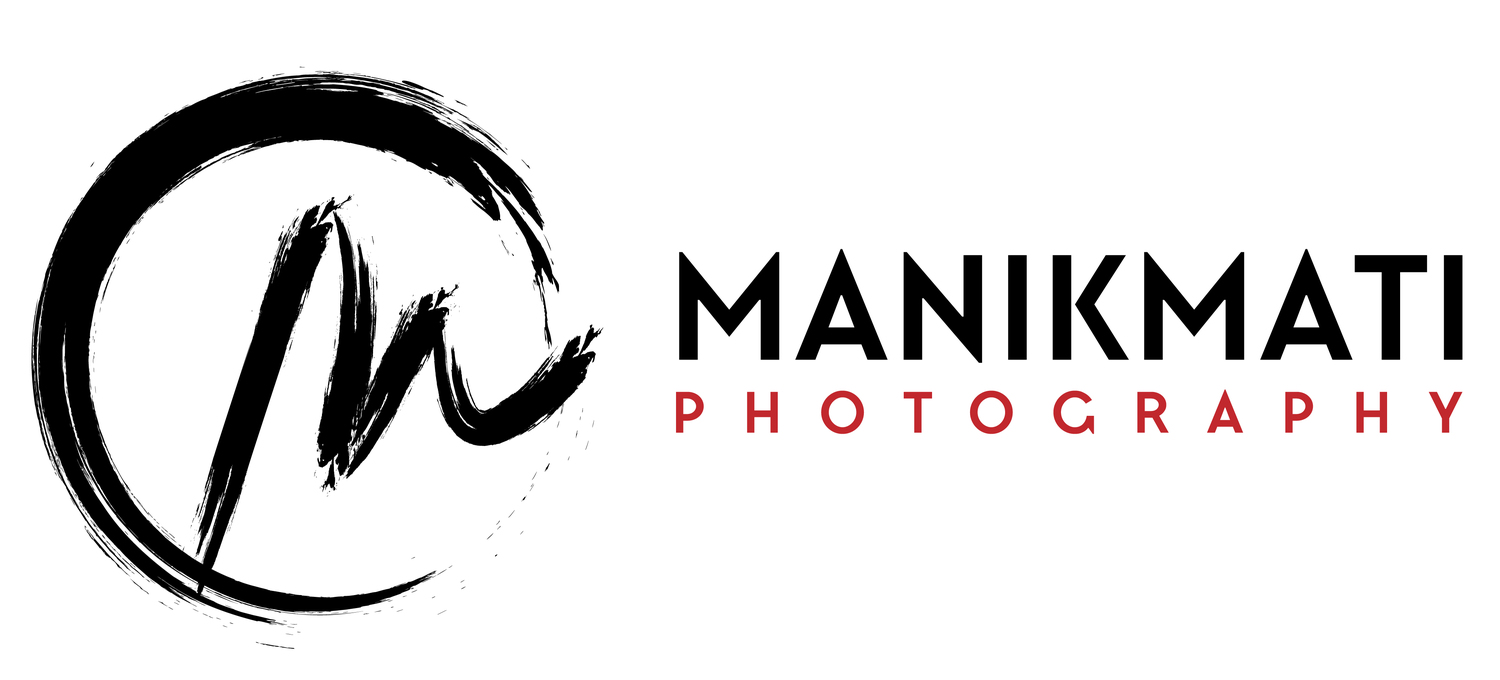As time goes on and as you start to understand your camera more and more each day, eventually the range of your focus will be on the many technical things that must be mastered with your camera. We've all been familiar with those creamy backgrounds and fuzzy feelings that come with it or the super sharp landscapes where not a single thing is off focus.
Selected focus and it's range can give off an atmosphere that is another tool in the photographer's bag of tricks. So getting to know your aperture will serve you greatly in creating the emotion desired or simply just getting that family all in focus. Make sure you got it right and tight so you don't have a nagging client breathing down your neck...not very fun if you ask me.
That Little Ring Dial Thingy...
The lower the aperture number the more open the aperture iris will be. The more you close the aperture down, the more you have in focus but with less available light.
If your in manual, your thumb and that dial should be married. Seriously, one of the first things you gotta know about aperture is where to control the damn thing right? Before knowing where to change settings in my camera, it would take me some of the longest seconds ever (in my mind under the pressure) just to set up the proper aperture to get the whole group in focus. Not very fun for a working photographer. So that's pretty much mandatory. Yep, no excuses...
But What Does Aperture Do In The First Place?
When I first started, all I did was use it for letting in the most light possible. Shooting music performances in low light had to give me as much shutter speed as I can muster without it being to dark or to bright and off focus.
Top image F 1.4 : My furry fat cat with his "assets" not so revealed
Bottom Image F 10: The whole fat truth revealed!
When your not familiar playing the aperture game, it tends to be a balancing act just to get the right exposure in quick shooting situations. But basically it comes down to the amount of light and how much you want in focus.
Wide apertures are in low numbers like F1.4 or F2.8. That means the camera's eye is open really wide but can only make out things that are close or a very narrow area of the frame. The term as photographers call it is shallow depth of field.
Higher apertures like F11 or F16 make most of what you see in the frame in focus. This means that whatever is in front and what's in the background will be visible by making your images very detailed. The term is called narrow depth of field.
Choosing Apertures Based On Style
Now this is where the fun begins! Personally I love wide open apertures especially in sessions with couples and families. It's a great way to enhance the mood and create a dreamy atmosphere that's super romantic! Plus it can make a busy background not seem to intense if you have a less than stellar environment to work with. But to be honest, you can only go so far with it. To me it seems like a one trick pony and a quick way to create an aesthetically pleasing image. Works beautifully but it's not a cure all.
Creamy bokeh with low apertures can create a dreamy atmosphere.
